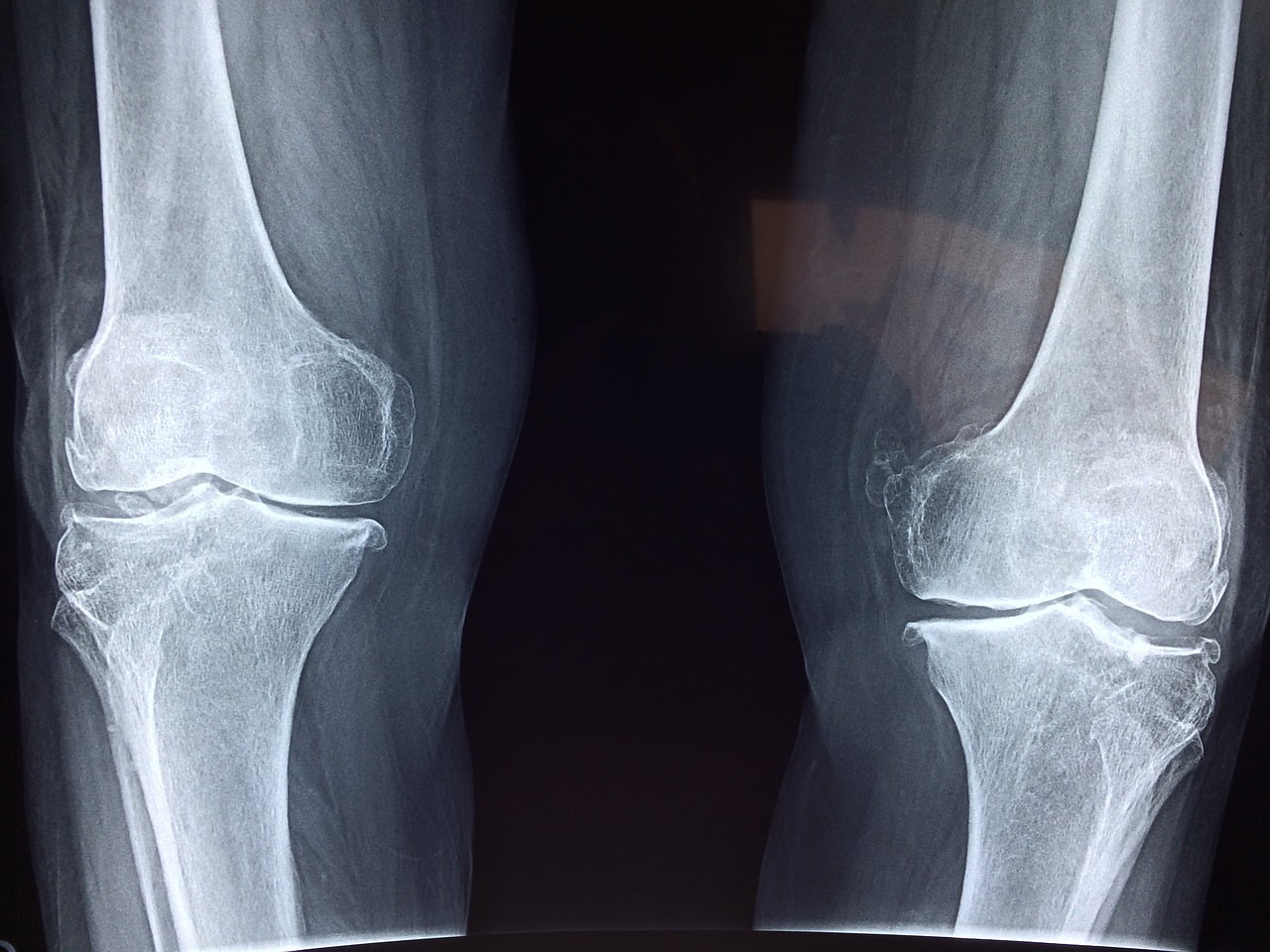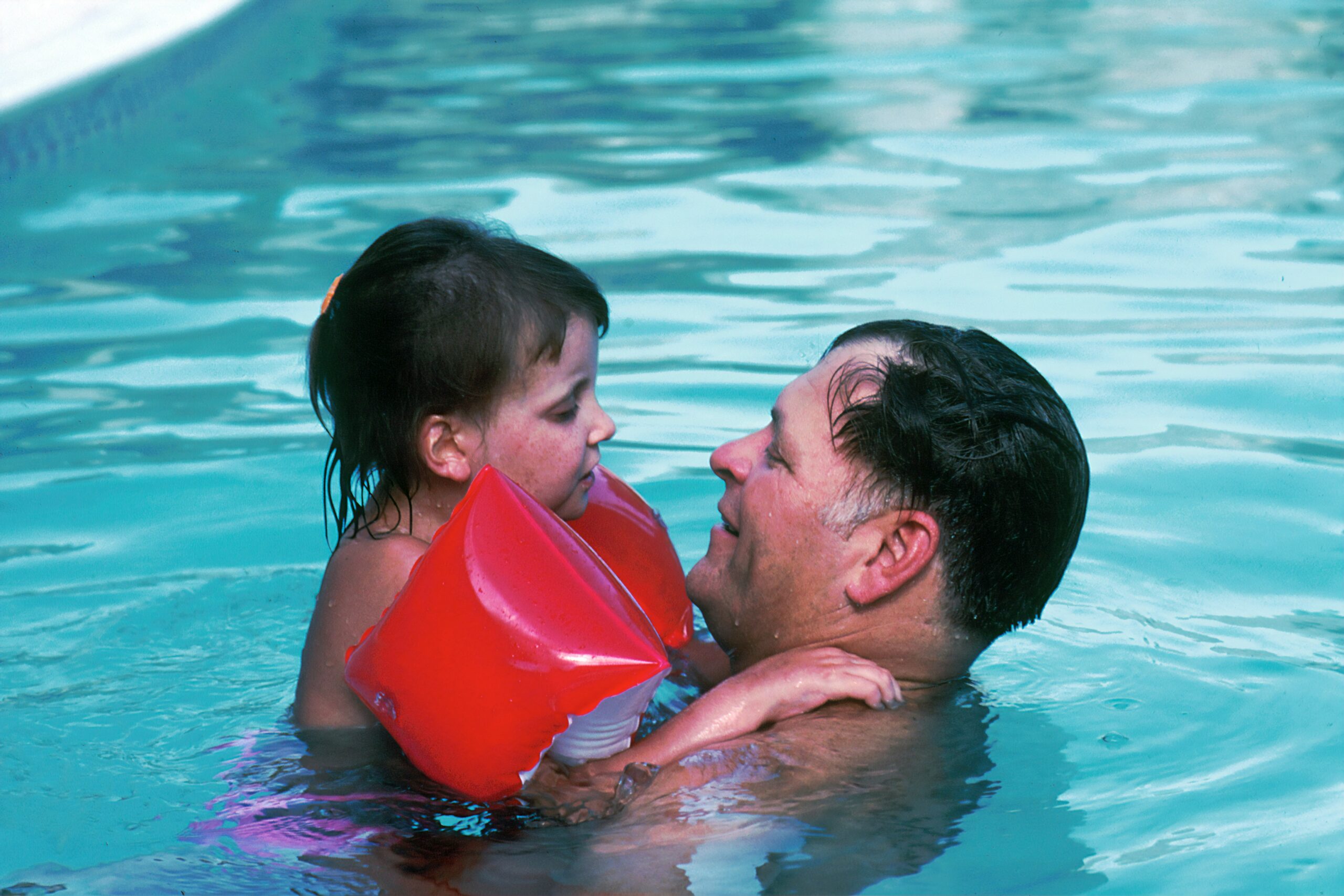Understanding Bone Spurs: Causes, Demographics, and Treatments
What Are Bone Spurs?
Bone spurs, or osteophytes, are bony projections that develop along the edges of bones. They often form where bones meet each other in the joints or where ligaments and tendons attach to bones. These growths are typically a response to joint damage associated with osteoarthritis or other degenerative conditions.
Who Is Affected?
Bone spurs can affect anyone, but they are most commonly seen in people over the age of 60. As the body ages, cartilage wears down, increasing the likelihood of osteophytes. Both men and women are susceptible to it, although studies indicate that women are slightly more likely to develop them. Approximately 20% of men and 30% of women over the age of 60 may experience bone spurs.
Symptoms and Pain
Bone spurs themselves are not always painful. However, when they press against nerves or other tissues, they can cause discomfort and pain. Common symptoms include pain in the affected area, swelling, and reduced range of motion. In the spine, it can lead to pain in the back or neck, while those in the feet, particularly the heel, can make walking painful.
The symptoms
- Knee. In the knee, it can make it painful to extend and bend the leg.
- Spine. On the small bones that form the spine, it can narrow the space that contains the spinal cord. These bone spurs can pinch the spinal cord or its nerve roots. That can cause weakness or numbness in the arms or legs.
- Hip. It can make it painful to move the hip. Sometimes, it might feel like the pain is in the knee or the thigh. Depending on their placement, bone spurs can reduce the range of motion in the hip joint.
Treatment Options
Treatment for bone spurs depends on the severity of the symptoms. Conservative treatments include physical therapy, anti-inflammatory medications, and corticosteroid injections to reduce inflammation and pain. In more severe cases, surgical intervention may be necessary to remove them and alleviate symptoms. Preventative measures, such as maintaining a healthy weight, regular exercise, and proper footwear, can also help manage and reduce the risk of developing it.
Thank you for reading this post, don't forget to subscribe!














